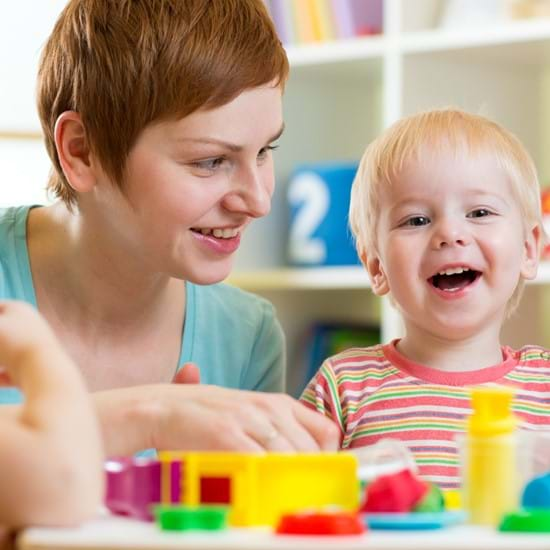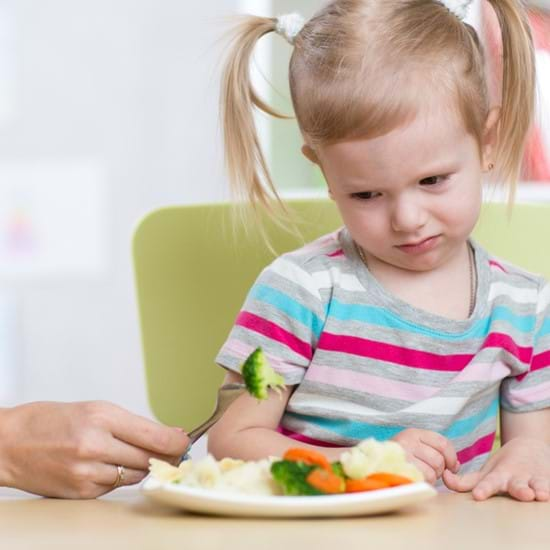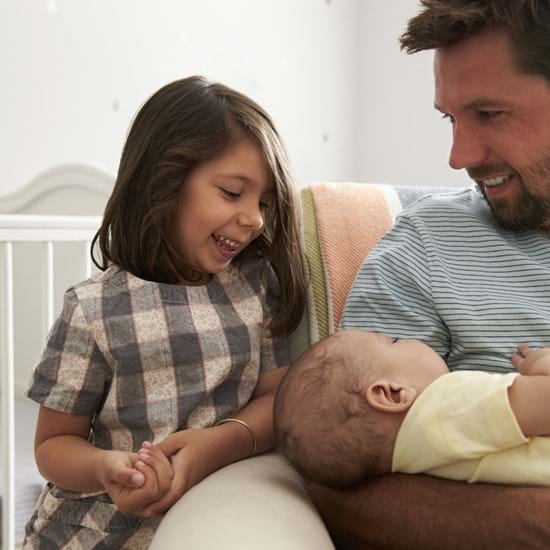
Parent-Child Attachment: Making Sense of the Knot

Written by: Isabelle Lessard
“Aww, so cute!” We’ve all gone soft looking at pictures of babies or kittens curled up in the arms of a comforting figure. With such a start in life, we tell ourselves this is a happy story that can only end well. And so, our simple reaction to this kind of picture speaks volumes on the importance of attachment in early infancy.
So why is it that two or three years later, Justin shows no separation distress when his mother leaves the room while Sarah gives her dad the cold shoulder when he comes home from a three-day business trip? The simple fact is the parent-child relationship evolves depending on a child’s environment and family situation.
The 4 recognized attachment styles
Children develop their attachment style according to the type of care received from their parents and its level of consistency. Experts generally recognize 4 types of attachment:
Secure attachment
About 66% of young children display this type of attachment. In the presence of their parents, they feel secure enough to explore their environment and like to show their parents what they discover. They display signs of distress when their parents leave the room―not to be confused with panic―and express happiness when they return.
Avoidant attachment
This represents 20% of children, who barely react to their parents leaving the room. They have no problem interacting with strangers and are indifferent upon their parents’ return, even if they are angry. They do not seek their parents’ attention.
Ambivalent attachment (or resistant attachment)
This style applies to around 12% of children, who show a great deal of distress when their attachment figure leaves, causing them to become overly anxious and unable to explore their surroundings. As opposed to children with an avoidant attachment, they are less tempted to go toward strangers when their parents are not with them. And when their parents do come back, their behaviour becomes incoherent: the child will want to snuggle and ignore the parent all at once. But despite these mixed feelings, the child is really in need of his or her parent’s attention.
Disorganized attachment
Luckily, this type of attachment, which leads the child to develop a high level of insecurity, isn’t as common. This style is harder to characterize as the attachment strategy is incoherent and therefore lacks a coping mechanism, which is mostly due to the stressful, unfriendly environment they live in.
Resilient, but not fail proof!
There is a strong possibility that the type of attachment developed during childhood will follow a person all their life. For example, it might affect how they act once they are in a relationship. People with a resistant attachment style tend to be more emotionally dependant, while those with a more secure attachment style usually develop healthier and more balanced relationships.
But the type of attachment an individual develops might change at some point: children who go through a traumatic event, such as the loss of a loved one, might start feeling insecure when interacting with others. On the other hand, an insecure child could become more secure after meeting a person who nurtures this feeling.
How to develop a secure attachment?
It’s all about striking the right balance between protection and nudging toward exploring. You can also link attachment to parenting styles: a more authoritative parenting style will almost always create a securing bond between you and your child. But here are some factors to keep in mind for a secure attachment with your child:
- Availability: Throughout their life, children need to know that their parents are there for them, both physically and emotionally. The support parents can offer varies as the child grows up: for example, babies literally need help to stand up, while teenagers need help to stand their ground and defend their opinion.
- Affection: Never underestimate the power of hugs… at all ages!
- Complicity: Children need to know that their parents are on their side even if they don’t always see eye to eye and the parent is a figure of authority.
- Consistency: Being unpredictable is the best way to destroy the trust your little one has in you. Of course, nobody’s perfect, but at least give them a chance to anticipate!
- Respect: This should be the foundation of your relationship with your child. For example, during early childhood, respecting your child’s appetite shows that you trust them; always keep in mind that actions do speak louder than words. And just like you could never tame an animal through force, the only way for you to get your children to listen to you is to make them want to listen. You can do so by keeping your voice low, making sure that what you say is pertinent and knowing how to listen as well.
To learn more, feel free to read on about the attachment theory!
Source: Psychologie du développement humain, Diane E. Papalia, Ruth D. Feldman, Chenelière Éducation, 2014.


